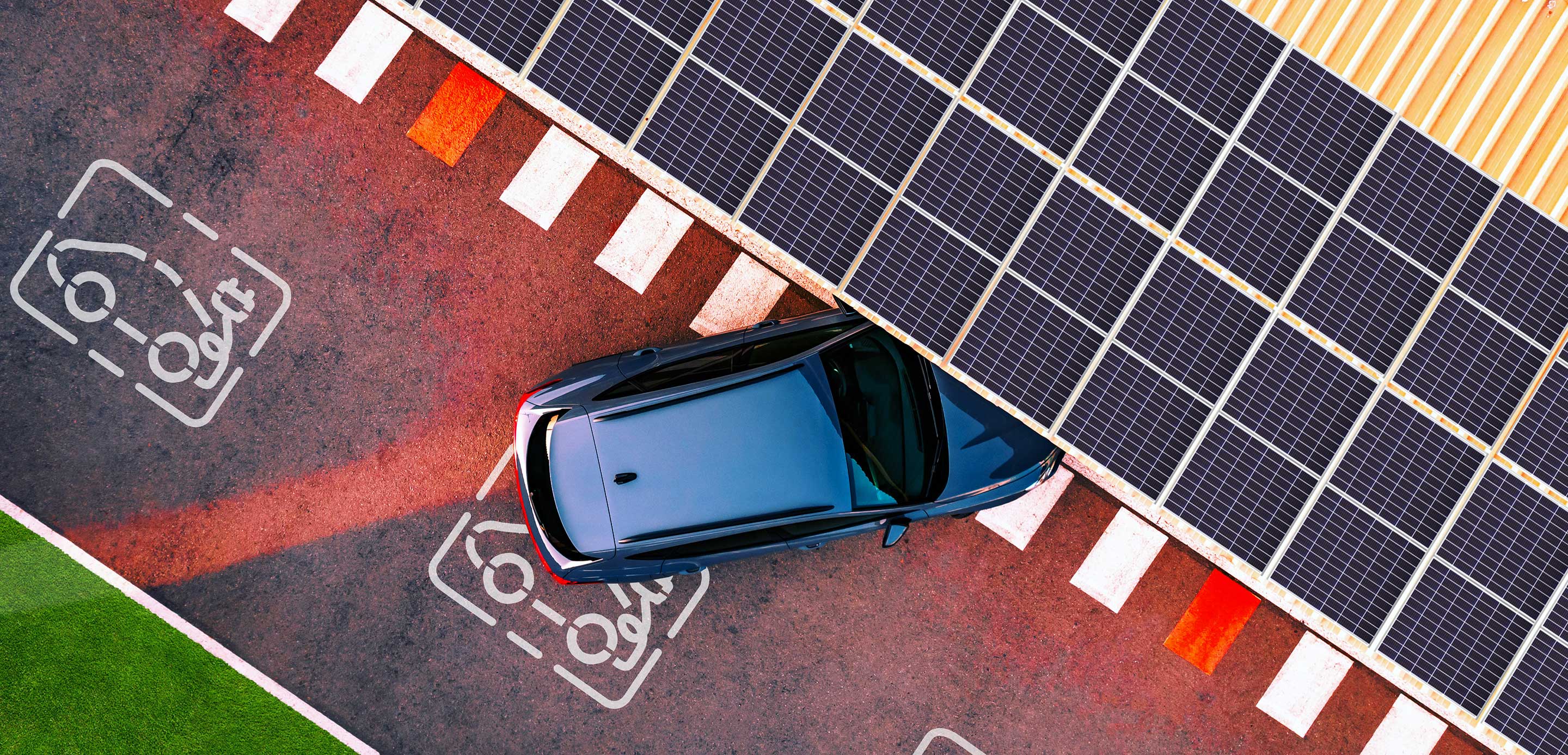- Article

- Global Research
- General Research Insights
Australia and green hydrogen
Australia will be the world’s largest exporter of green hydrogen by 2050, the IEA forecasts…
…with the industry expected to grow to meet demand from the EU and Asia…
…but recent cost pressures add uncertainty to the outlook
Potential and challenges
Increased focus on green hydrogen
There has been a resurgence of interest in hydrogen over the past few years. The global energy ‘crunch’ in 2022, combined with an increased policy focus on energy transition, has put the spotlight on potential low-emission and zero-emission fuels. The key benefit of hydrogen – the “Swiss army knife” of energy – is that it makes it possible to store and transport energy, with zero emissions at the point of use. However, how hydrogen is produced matters a great deal. ‘Green’ hydrogen, the cleanest form, produced using renewables, is clearly a promising pillar in terms of energy transition. But it is still early days for green hydrogen, with most hydrogen production still being generated using fossil fuels: this so-called ‘grey’ hydrogen accounted for 99% of global hydrogen production in 2022. Green hydrogen’s future is reliant on a wider adoption of renewables and lower renewable costs.
It is still early days for green hydrogen
Recent cost pressures, a global industrial downturn, and lower fossil fuel prices have shifted the economic reality of some planned green hydrogen investments. The International Energy Agency (IEA) noted that there is a need for further policy support to bridge the cost gap and support supply, and also to shore up the demand outlook. It expects overall hydrogen use to grow by an average of 6% y-o-y to 2030 under a Net Zero scenario (IEA, 2023). In this scenario hydrogen is set to account for 8% of global energy use by 2050.
Australia is well placed to become a key green hydrogen supplier, given many of the natural resources needed are readily available in the country – not least sunlight, wind and coastal areas. The IEA forecasts Australia to be the world’s largest low-emission hydrogen exporter by 2050, with nearly 40% of all recent global project announcements having been in Australia. However, there are key challenges, including still-high local renewable energy costs. As a result, Australia’s National Hydrogen Strategy is currently under review.
8%
Global energy use could involve hydrogen by 2050 (IEA Net Zero scenario)
c.40%
Of recent global hydrogen project announcements have been in Australia
Who will buy green hydrogen? Europe is expected to be a major importer, according to IEA estimates. But closer to home for Australia, Asia is also a promising region to lead the development of green hydrogen, in terms of its use, production, and trade. China, Japan, and South Korea are likely to be key contributors, although seven economies in the region have hydrogen strategies, and 12 more are in discussions. Many economies with hydrogen strategies are also implementing fiscal support to accelerate investment and industry development. The evolution of these plans could be key to Australia’s own ambitions.
Would you like know more? Click here to read the full report. Please note, you must be a subscriber to HSBC Global Research to access this link.
To find out more about HSBC Global Research, and how to subscribe, please email AskResearch@hsbc.com.

